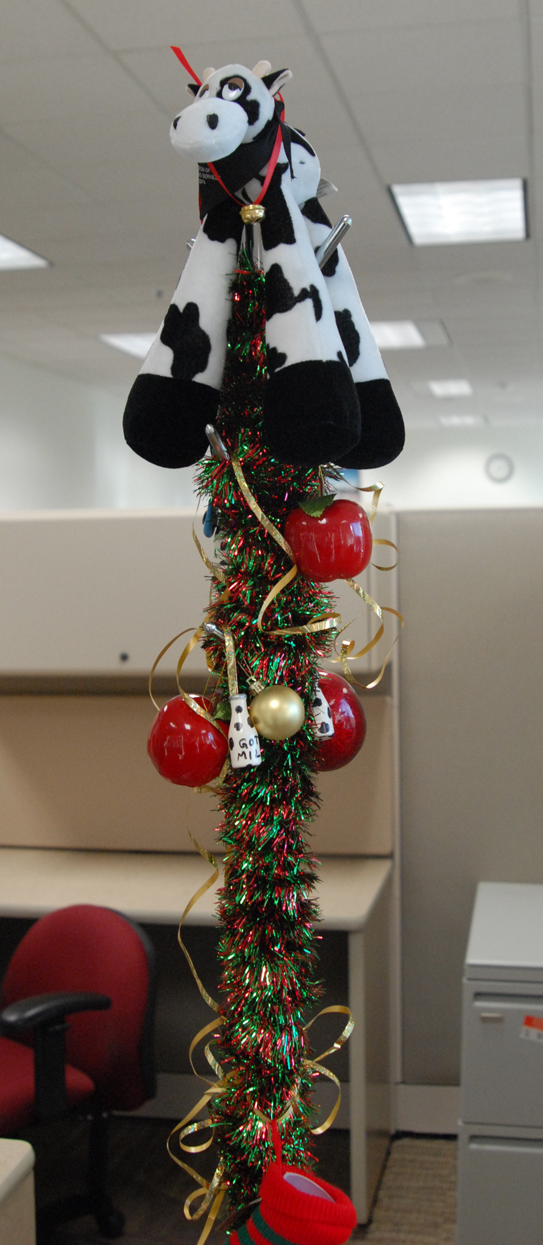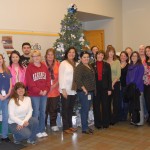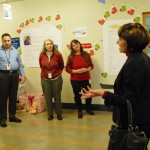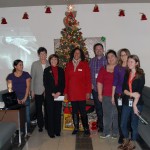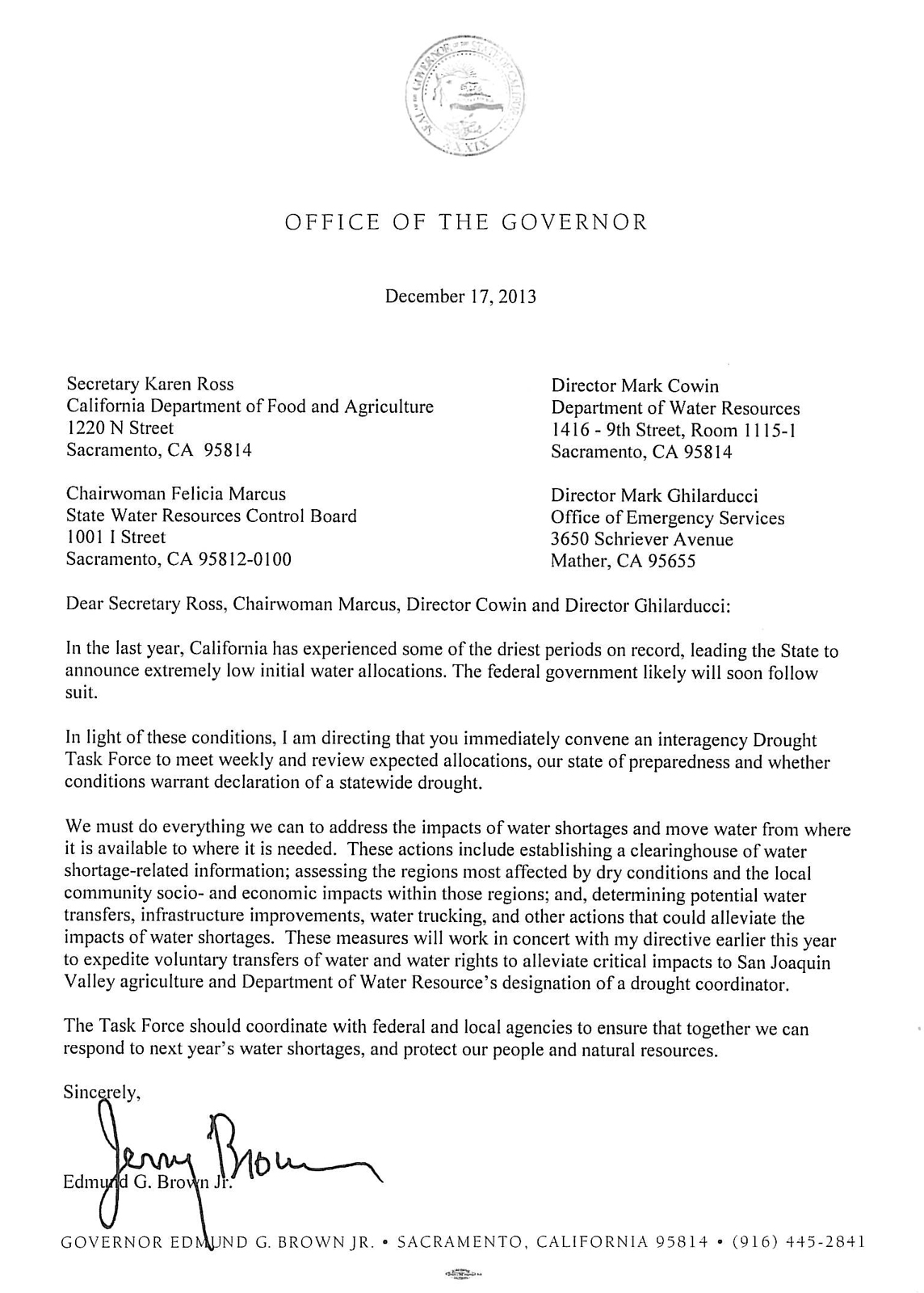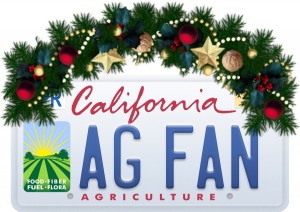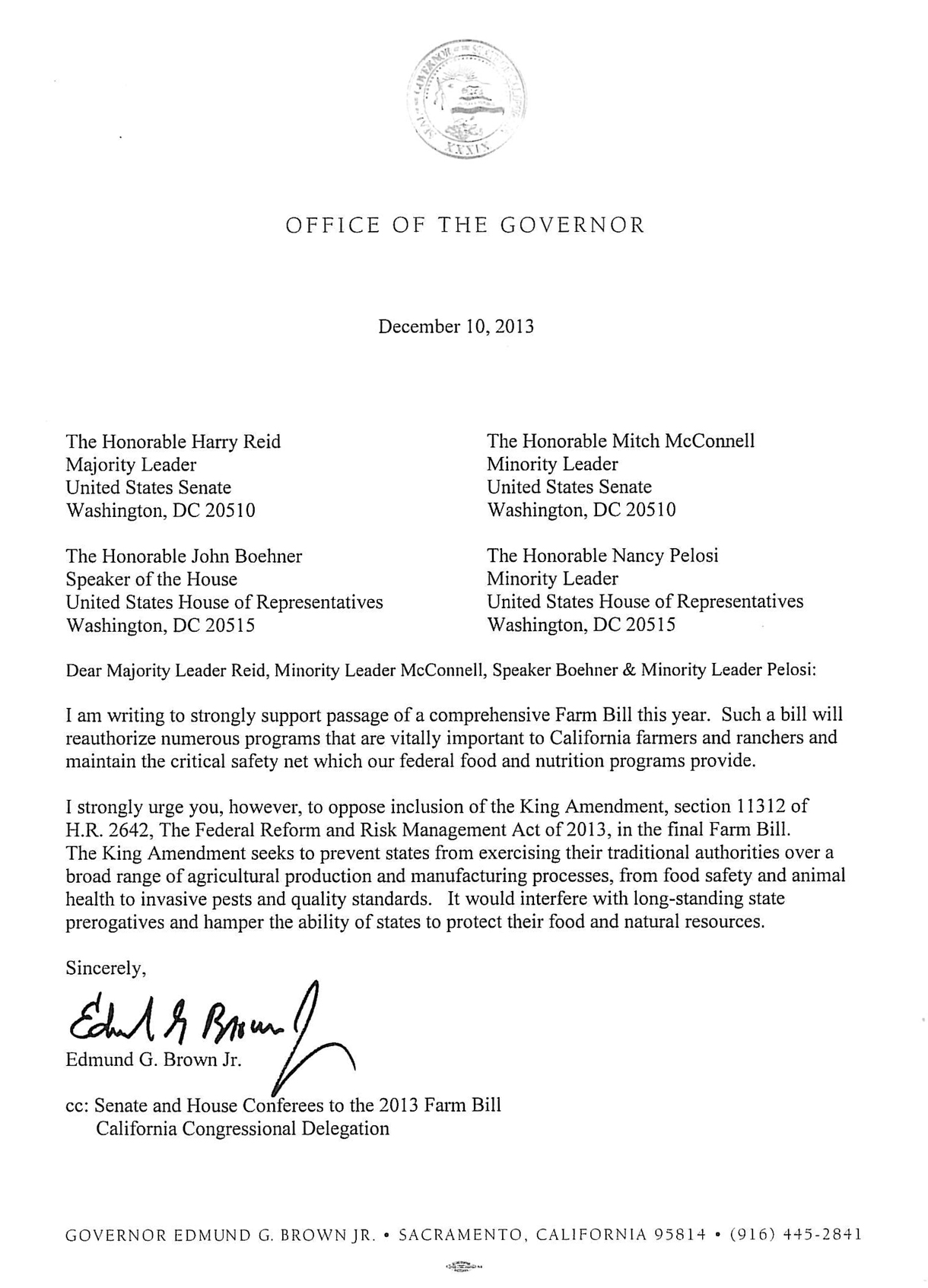A team of 60 CalPoly college students took home the coveted Crystal City Innovation Award at this year’s Rose Parade in Pasadena.

Today, the average Rose Parade float is a reflection of your average grocery store bouquet, with approximately 80% of the flowers being imported from countries such as Colombia and Ecuador. CalPoly’s team was committed to something different, something innovative.
The Crystal City Innovation Award is given to the float that reflects the best use of imagination & innovation to advance the art of float building.
The Tournament of Roses has three judges that use a set of criteria to help them decide on which floats receive each of the different awards. I’m not exactly sure what the specific criteria is for the Innovation Award, but based on my experience working with these CalPoly students this year, there are three reasons why I believe CalPoly’s float entry, “Bedtime Buccaneers,” was deserving of an award for their imagination and innovation.
1. Their Float Design

It’s always a magical moment to see a year’s worth of hard work make its way down Colorado Blvd. on New Year’s Day.
This year’s float design was not only pleasing to the eye, but it was built with some very creative animation. Not only were they able to make their bed appear to rock back and forth in that sea of Iris and have canons appearing to fire from under a quilt of roses, but they were also able to make the Iris have a rippling effect that made the Iris appear even more like the ocean it represented. I don’t know exactly how they did it, but it was very cool.
2. Their Flower Decisions

With over 14,000 stems, no other Rose Parade float had as many home grown roses as CalPoly’s float.
I know for certain that the origin of flowers used in their design was not a criteria for the Innovation Award. However, it should be. CalPoly’s commitment to become a certified “CA Grown” float was a great example of the team’s imagination and innovation. CalPoly’s commitment to California Grown Flowers required that they think differently than any of the other float team in the parade. The average team in the Rose Parade sourced their roses, carnations and chrysanthemums from South America. However, due to the impact imports have had on our domestic flower farms in the past 20 years, CalPoly’s team had to think creatively on how to ensure that their design would maintain a threshold of 85% or better fresh cut flowers from California.
And they did it! In fact, their float was pushing 95% CA Grown Flowers when it was all said and done.
The CalPoly team accomplished something that no other float in the 2014 Rose Parade: they were “CA Grown.”
3. Their Team of Students

Student leaders of CalPoly’s Rose Float team accepting their official certificate of achieving their “CA Grown” status.
Personally, I believe the fact that this team is an volunteer team of college students makes their entry the most compelling story in the parade. Due to the noisy nature of media coverage during the run up to the rose parade, this is a story that doesn’t receive the kind of attention it deserves. What an accomplishment for a team of young people, competing with corporate titans likes Dole Foods, Honda, etc., to walk away with one of the most coveted of float awards, the Crystal City Innovation Award, while also being “CA Grown” Certified.
Congratulations to CalPoly Universities! On behalf of the flower farmers of California, your commitment to supporting our farms and their flowers makes a difference and is appreciated.

CalPoly Universities Presidents Mike Ortiz of Pomona (far left) and Jeff Armstrong of San Luis Obispo (right of Ortiz) hold their respective banners of “CA Grown” achievement on behalf of their campuses.
Editor’s Note – CDFA Secretary Karen Ross joined the festivities at the Rose Parade and is on the right in the last two photos.
Link to original blog post – http://americasflowers.org/congratulations-to-calpoly-universities-a-cagrown-success/




